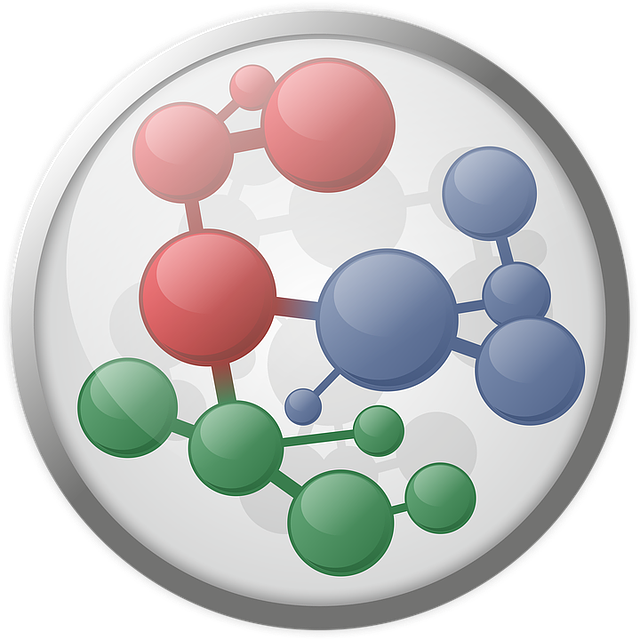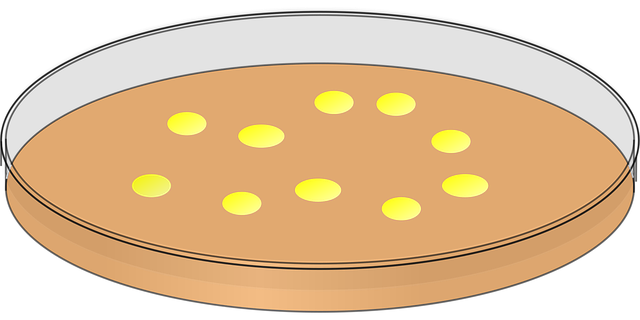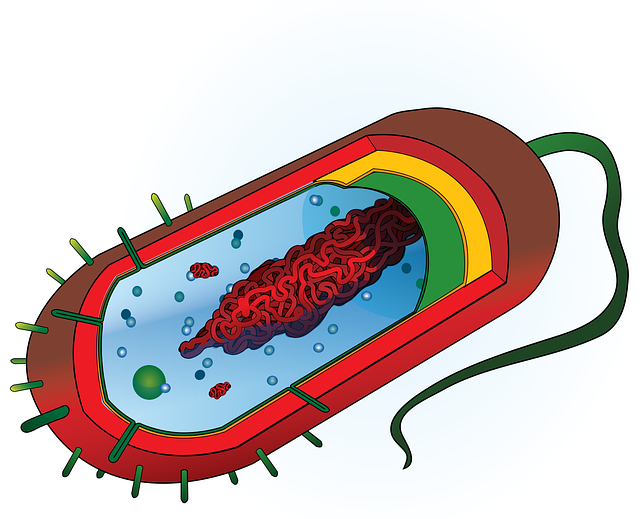Stem cell culture media is a vital tool for achieving high cell survival rates, enabling successful stem cell research and therapeutic applications. This specialized medium replicates the natural stem cell environment, providing essential nutrients, growth factors, and support structures. By carefully selecting and formulating media components, researchers create an ideal microenvironment that promotes mesenchymal stem cell harvest, maintains pluripotency, and ensures adaptable cells for regenerative medicine and tissue engineering. Optimized, tailored media, developed through cost-effective screening, enhances cellular viability and financial efficiency, leading to groundbreaking applications in these fields.
Discover the secrets behind superior cell survival rates with our comprehensive guide. We explore how understanding stem cell culture media forms the foundation for thriving cells, both in vitro and beyond. This article delves into the key components driving cellular viability and offers insights on optimizing conditions to maximize cell survival. Uncover the essential elements that make stem cell culture media a game-changer in research and therapeutic applications.
- Understanding Stem Cell Culture Media: The Foundation of Superior Survival Rates
- Key Components and Their Impact on Cellular Viability
- Optimizing Conditions for Maximized Cell Survival in In Vitro Settings
Understanding Stem Cell Culture Media: The Foundation of Superior Survival Rates

Understanding Stem Cell Culture Media: The Foundation of Superior Survival Rates
Stem cell culture media plays a pivotal role in achieving superior cell survival rates, forming the very foundation for successful stem cell research and applications. This specialized medium is meticulously designed to mimic the natural environment in which stem cells thrive, providing the essential nutrients, growth factors, and support structures needed for optimal proliferation and differentiation. The components of stem cell culture media are carefully selected and formulated to create an ideal microenvironment that facilitates efficient mesenchymal stem cell harvest and promotes long-term viability.
Media supplementation strategies have been developed to enhance stem cell survival by incorporating defined components that stimulate cellular processes critical for proliferation, such as extracellular matrix (ECM) proteins, cytokines, and growth factors. These tailored media formulations not only support the expansion of stem cells but also maintain their pluripotency, ensuring they remain unspecialized and adaptable for various therapeutic applications. By carefully optimizing these media conditions, researchers can achieve consistent and robust results in stem cell cultures, paving the way for groundbreaking advancements in regenerative medicine and tissue engineering.
Key Components and Their Impact on Cellular Viability

The survival and viability of stem cells are heavily influenced by the components in their culture media. Key components such as growth factors, cytokines, and specialized media play a crucial role in maintaining the undifferentiated state of these versatile cells. For instance, a specialized media formulated for hematopoietic stem cells (HSCs) provides an optimal environment, complete with essential nutrients and signaling molecules, to support their long-term proliferation and self-renewal.
In addition, cost-effective stem cell media preparation is another critical factor. Efficient media screening processes allow researchers to identify the most suitable media formulations for specific stem cell types, enhancing cellular viability without compromising financial resources. This tailored approach ensures that stem cells thrive in an environment that meets their unique nutritional and stimulatory requirements, ultimately facilitating successful applications across various fields, from regenerative medicine to tissue engineering.
Optimizing Conditions for Maximized Cell Survival in In Vitro Settings

Optimizing conditions for maximized cell survival in vitro is paramount when conducting research with stem cells. Stem cell culture media plays a crucial role in maintaining the viability and pluripotency of these unique cells. By carefully balancing essential nutrients, growth factors, and supportive components, researchers can create an environment that fosters long-term stem cell culture solutions. Chemically defined stem cell growth factors offer a cost-effective stem cell media preparation method, eliminating potential lot-to-lot variations found in animal-derived supplements.
This meticulous approach ensures consistent and reproducible results, allowing for thorough exploration of cellular pathways and mechanisms. Moreover, optimizing media formulations can lead to enhanced cell survival rates, enabling more reliable and efficient studies in various fields, from regenerative medicine to disease modeling.
Stem cell culture media plays a pivotal role in achieving superior cell survival rates in vitro. By meticulously optimizing key components and conditions, researchers can create an ideal environment for cellular viability. Understanding the foundation of stem cell culture media allows for enhanced control over cell cultures, paving the way for groundbreaking advancements in regenerative medicine and research.














